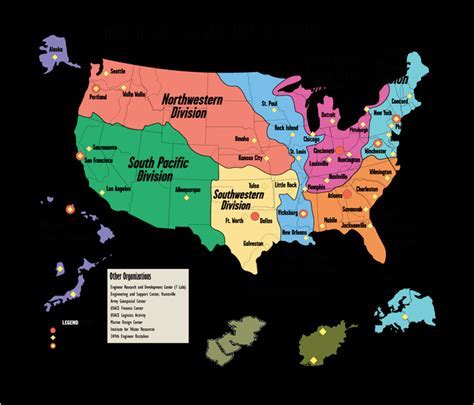Choosing the right helmet or headgear can be a daunting task, especially when it comes to ensuring a proper fit. A helmet that is too tight or too loose can be uncomfortable and, more importantly, may not provide the necessary protection in the event of an accident. This is where a head size chart comes into play. In this comprehensive guide, we will walk you through the importance of a head size chart, how to measure your head, and provide you with a detailed head size chart to help you find your perfect fit.
The significance of a proper fit cannot be overstated. A helmet that fits well will not only be more comfortable but also provide better protection. According to the National Highway Traffic Safety Administration (NHTSA), a properly fitted helmet can reduce the risk of head injury by up to 37%. Moreover, a study by the Insurance Institute for Highway Safety (IIHS) found that helmets that fit well are more likely to be worn correctly, which further reduces the risk of injury.
Understanding Head Sizes and Measurements
Head sizes are typically measured in centimeters (cm) or inches (in) and can vary slightly depending on the manufacturer and type of helmet. To ensure an accurate measurement, it's essential to use a flexible tape measure or a string to measure around your head. The measurement should be taken about 1-2 cm above your eyebrows and ears, and around the widest part of your head.
It's also important to note that head shapes can vary, and some helmets may be designed to accommodate specific head shapes. For instance, some helmets may be designed for rounder heads, while others may be better suited for more oval-shaped heads.
How to Measure Your Head
Measuring your head is a straightforward process that requires a flexible tape measure or a string. Here's a step-by-step guide:
- Wrap the tape measure or string around your head, just above your eyebrows and ears.
- Make sure the tape measure or string is level and parallel to the floor.
- Take note of the measurement in centimeters (cm) or inches (in).
| Head Circumference (cm) | Head Circumference (in) |
|---|---|
| 52-54 | 20.5-21.3 |
| 55-57 | 21.7-22.4 |
| 58-60 | 22.8-23.6 |
| 61-63 | 24-24.8 |
| 64-66 | 25.2-26 |
Key Points
- A proper fit is crucial for comfort and protection.
- Head sizes vary, and measurements should be taken about 1-2 cm above eyebrows and ears.
- Use a flexible tape measure or string to ensure an accurate measurement.
- Consult a head size chart to determine your perfect fit.
- Consider multiple measurements and professional advice if unsure.
Head Size Chart for Helmets and Headgear
The following head size chart provides a general guide for various types of helmets and headgear. Keep in mind that sizes may vary slightly depending on the manufacturer and specific product.
Youth Head Size Chart
| Age | Head Circumference (cm) | Head Circumference (in) |
|---|---|---|
| 4-6 | 48-50 | 18.9-19.7 |
| 7-10 | 52-54 | 20.5-21.3 |
| 11-14 | 55-57 | 21.7-22.4 |
Adult Head Size Chart
| Head Circumference (cm) | Head Circumference (in) | Helmet Size |
|---|---|---|
| 52-54 | 20.5-21.3 | Small |
| 55-57 | 21.7-22.4 | Medium |
| 58-60 | 22.8-23.6 | Large |
| 61-63 | 24-24.8 | X-Large |
What if my head measurement falls between two sizes?
+If your head measurement falls between two sizes, it's recommended to try on both sizes to determine which one provides a more comfortable and secure fit. You may also consider consulting with a professional for guidance.
Can I use a head size chart for different types of helmets?
+While a head size chart can provide a general guide, it's essential to note that different types of helmets may have varying size charts. Always consult the manufacturer's size chart for the specific type of helmet you're interested in.
How often should I check my head size?
+It's recommended to check your head size periodically, especially if you've experienced significant weight changes or hair growth. This ensures that you're wearing the correct size and ensures optimal comfort and protection.
In conclusion, finding the perfect fit for your helmet or headgear is crucial for comfort, protection, and overall performance. By understanding head sizes, measuring your head accurately, and consulting a head size chart, you can ensure a secure and comfortable fit. Remember to consider multiple measurements, try on different sizes, and consult with professionals if needed.


